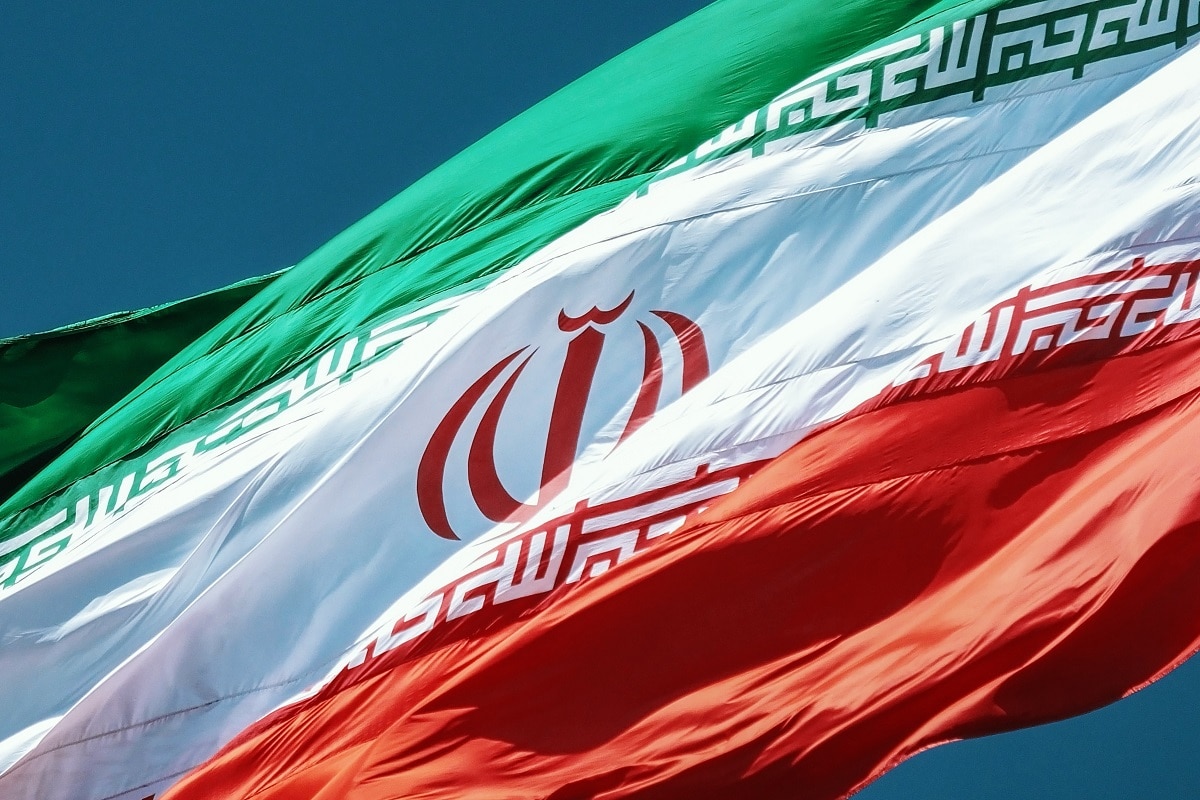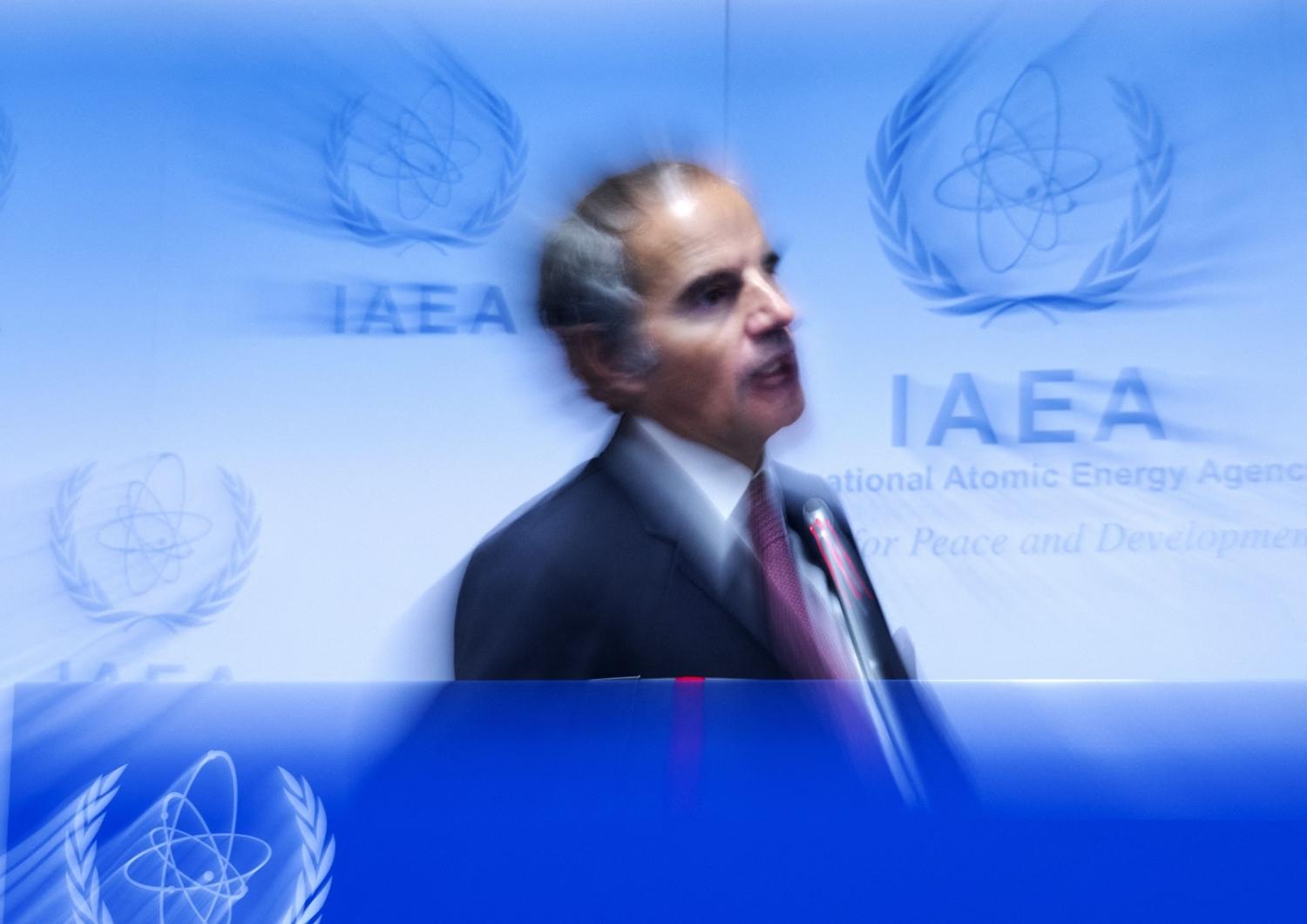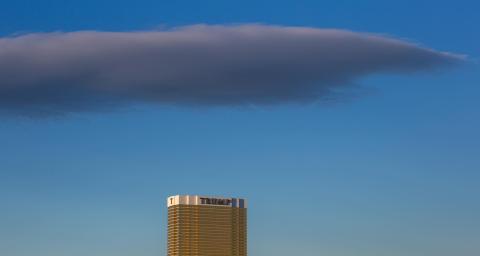International Atomic Energy Agency Director General Rafael Grossi’s recent trip to Tehran was aimed at crafting a road map for resolving two main safeguards-related problems with Iran’s nuclear program: first, a long-running IAEA investigation into past activities at three undeclared sites – one of the key sticking points in past talks in Vienna between Iran, the United States and other world powers over reviving the 2015 Joint Comprehensive Plan of Action (JCPOA); and second, activities at Iran’s bunkered facility in Fordow, which in the course of the past few weeks have raised concerns about Iran toying with the idea of enriching uranium to weapons-grade purity.
Negotiations between the United States, Iran and other world powers over the nuclear deal broke down in early September 2022, in part due to Tehran demanding the closure of the IAEA probe. Relations between the Islamic Republic and the West then deteriorated sharply over the regime's repressive response to nationwide protests that began a few weeks later and its deepening military cooperation with Moscow; the combination of a bloody internal crackdown and complicity in Russia’s war on Ukraine led to successive waves of US, UK and European sanctions while non-proliferation talks entered what the EU’s top diplomat described as a “winter slumber”.
Ahead of Grossi’s visit, and with a meeting of the IAEA Board of Governors looming, the list of concerns around Iranian nuclear activity has been quickly growing. In terms of capacity, the Islamic Republic’s atomic program is, set against a sputtering economy and deep societal discontent, one of the few government projects that is proceeding all too well. Stockpiles of enriched uranium are nearing four tonnes, with breakout time – the period needed to fashion one nuclear weapon’s worth of fissile material – down to a matter of days. Worryingly, this buildup occurs as Tehran has reduced the IAEA’s monitoring and verification ability to a bare minimum.

Meanwhile, in January the IAEA discovered modifications to advanced centrifuges at the Fordow facility that Iran had failed to declare, and also detected traces of uranium enriched to 83.7 per cent – well beyond the 60 per cent it had been accumulating at the top end and perilously close to weapons-grade. After those disclosures, Iran agreed in late February to increased IAEA inspections at Fordow, while insisting that the highly enriched uranium particles were merely “unintended fluctuations”.
The outcomes of the IAEA chief’s visit, articulated in a brisk joint statement with Iran’s atomic energy organisation and characterised by Grossi as having placed “a tourniquet on the bleeding of information”, given Iran’s restricted access, could be described as a hesitant half-step forward – which in the past have just as often been followed by full steps back. Technical experts from Iran and the IAEA have yet to hammer out the details of key provisions for enhanced cooperation envisioned in the 4 March communiqué, including clarification of the 83.7 per cent particles, potential reinstallation of IAEA cameras removed last year, and progress over the safeguards probe that has been ambling inconclusively for years.
For now, the effort seems sufficient for Iran to avoid censure resolutions by the Board of Governors in back-to-back sessions. But a tourniquet is by definition only an emergency measure, liable to slip off if not applied correctly and not addressing the underlying injury. If Tehran dithers or backtracks, there is every chance that the issue will be top of the agenda when the Board reconvenes in June – and potentially before then if circumstances prompt Western governments to call a special session.
Even if monitoring and verification capacities are indeed enhanced, the underlying concerns remain potent. While the United States continues to assess that Iran has made no move towards weaponisation as of yet, its continued accumulation of fissile material and increased proficiency with advanced centrifuge technology will continue to sorely test Washington’s tolerance, as well as those of its allies. In that case, a continued relegation of wider nuclear diplomacy could still result in better visibility into Iranian nuclear activity only revealing the true extent of the problem.

